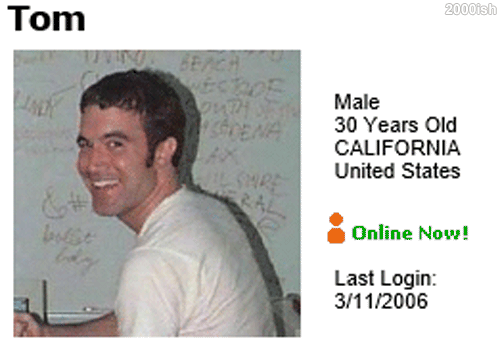Best Practices Are Killing Your Company

Remember how back then, AOL Instant Messenger, Napster, and MySpace were all the rage?
Now these once-cool platforms are a fad of the past and we’ve moved on to the next cool platform.


Just like how we’re susceptible to fads, organizations aren’t any less susceptible to them either. Management fads become extremely popular for a while, but like AIM, Napster, and Myspace, they eventually get replaced by the “next best thing.”
This holds true especially if the fad is labeled as a “best practice.”
Best practices are techniques that supposedly are proved to be widely successful, but in reality, they’re easy to copy-and-paste and can be disguised as one-size-fits-all solutions. Take for instance consensus management: it seemed like a good way for organizations to include more than just the C-suite and managers in making company decisions. But now it’s widely agreed upon that consensus slows down organizations big time and prevents them from making decisions quickly and effectively.
Few management approaches are universally applicable, and attempts to implement a mismatched approach can do more harm than good. — Danny Miller and Jon Hartwick
Every best practice is a paradox by its nature and makes itself obsolete. It deems itself as a practice that’s done by the best-of-the-best, and this gets other companies to do it too. Once more and more companies implement the best practice, the best practice becomes like any other practice because it’s no longer being done by just “the best.” And then another best practice becomes the new business fad.
So how can your organization be the ones pioneering the best practices instead aimlessly following the next management fad?
Let’s turn to the blogging platform that we know and love, Medium.
Understand the Principles Even Over Implementing Best Practices
Medium recently shifted from Holacracy to create their own organizational operating system. While Medium credits Holacracy for what it’s taught them, they understand that Holacracy is ultimately a system backed by certain principles (distributed authority, equal opportunity for anyone to make a change, alignment over consensus, adaptivity, high autonomy, and transparency).
Though they’ve switched out of Holacracy, Medium still values these principles, and are using them to guide their new organizational system. They know that Holacracy can achieve these same principles in a different company, but in Medium’s current state and scale, these principles will be better achieved through their own way of working. CEO Evnotes:
Holacracy is a system, based on a set of principles. It is not the principles — it is the system. To move away from Holacracy means we are changing a system — not our principles.
The lesson here is that the most successful leaders and organizations deeply understand the most successful practices’ core principles, even over implementing the practice itself.
Instead of falling for another business fad, seek to understand the principles behind the practice (the why) even over figuring out how to implement the practice (the how). You can do this by asking questions like:
Why does this best practice exist? What makes it so popular?
What does this practice look like in similar companies facing similar challenges? What does this practice look like in different companies?
How else can the purpose of this practice be achieved in our company?
Some Learn Better By Doing
In his popular TED talk, Simon Sinek urged that the best leaders and organizations start with why. He concluded:
“It’s those who start with ‘why’ that have the ability to inspire those around them or find others who inspire them.”
While I definitely agree with Simon, I do want to add a caveat: While it works for some to start with understanding the why (principles)before the how (practices), other times it’s better to start with the how before the why. In other words, it’s not necessarily wrong to implement the practice first and understand the principles after. Oftentimes people and organizations learn best by doing first and understanding what works and what didn’t later, perhaps through a postmortem or a retrospective.
Medium probably could not have established their six principles guiding their new system if they didn’t try Holacracy in the first place. Ev makes the analogy of Holacracy as a “software framework”:
“One of the cool things about Holacracy is it can be applied to any type of organization. But by their nature, general purpose frameworks often carry with them more overhead than something purpose-built (but more limited in scope). So it’s common when your organization or application grows to trade third-party solutions for home-rolled ones, which are more efficient for your particular use case.”
Holacracy was the general purpose framework that served Medium’s needs in the beginning. Once they scaled, they needed a different framework that works better for them. And had they not tried Holacracy in the first place they may not have had the general purpose framework to work off of.
Identifying how you learn best even applies to human beings as well as organizations. Some people learn best by trying out a new kind of diet and figuring out if it’s right for them. Other people are better off carefully researching different types of diets before deciding which one is best for them. And others even do a bit of both by learning about a new diet and trying it at the same time.
Figure out how your organization learns best when applying a best practice so long that understanding the principles of the practice is the outcome.
Because the people and organizations who thrive go beyond the fads to deeply understand the why, while those who don’t end up just like any other fad. Gone and replaced.
